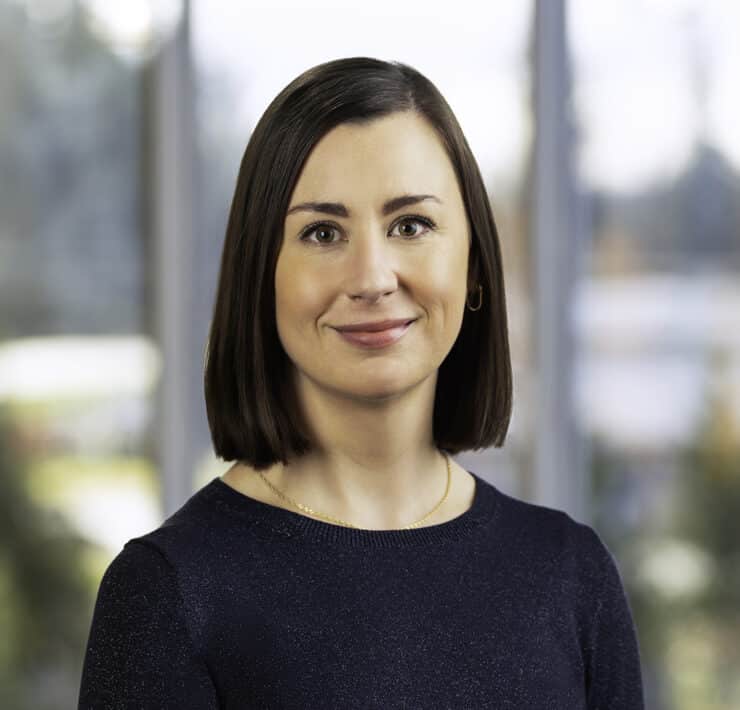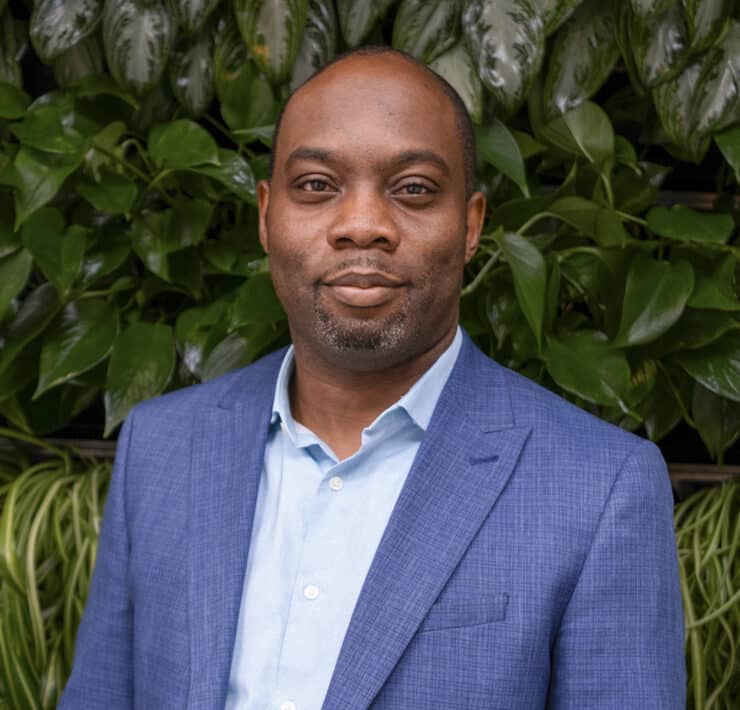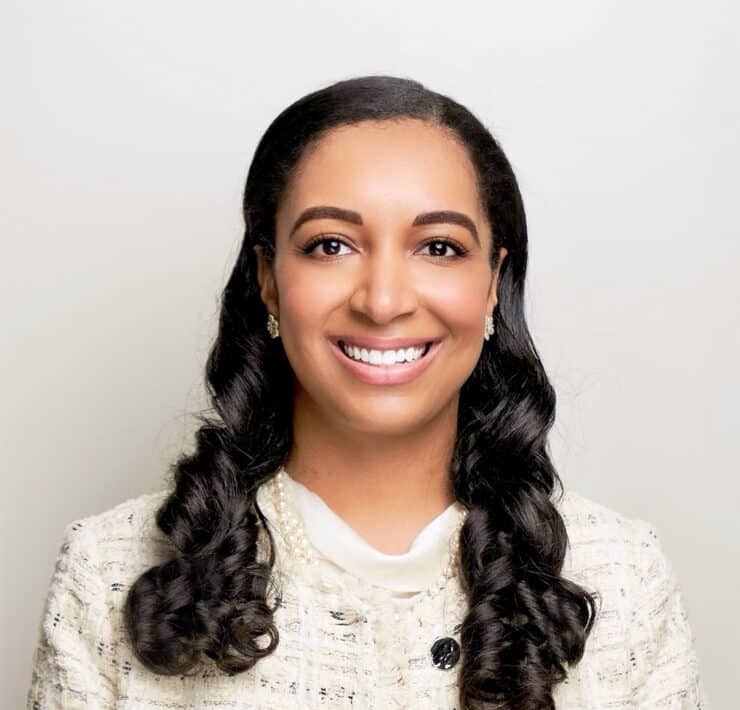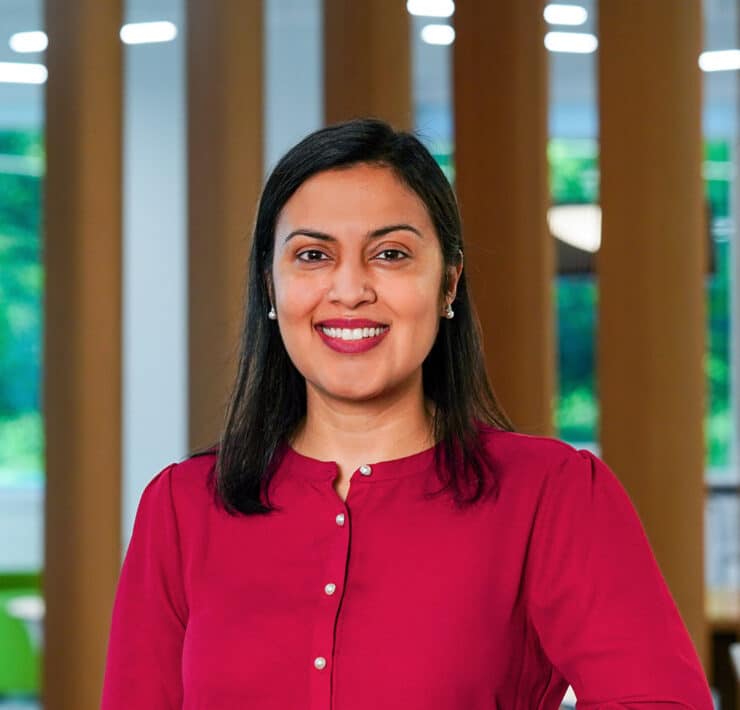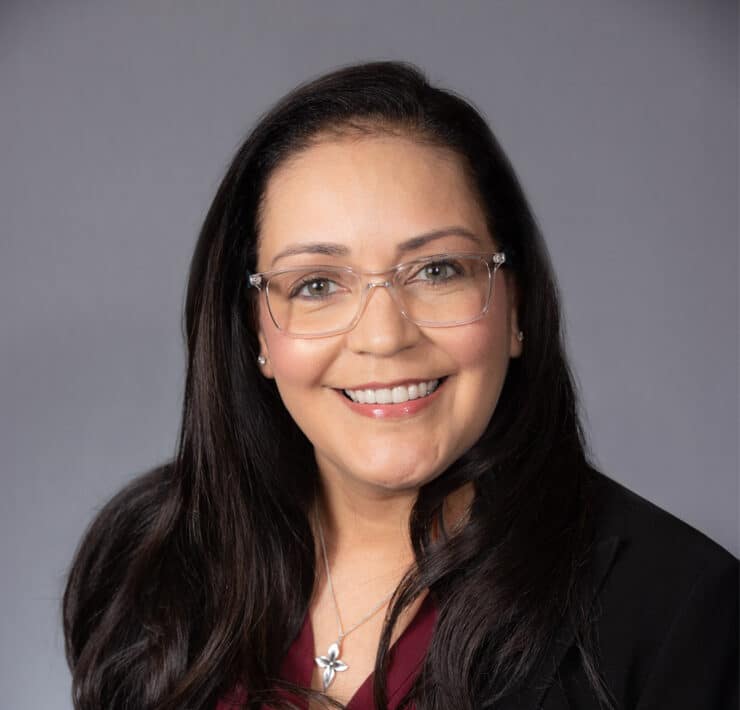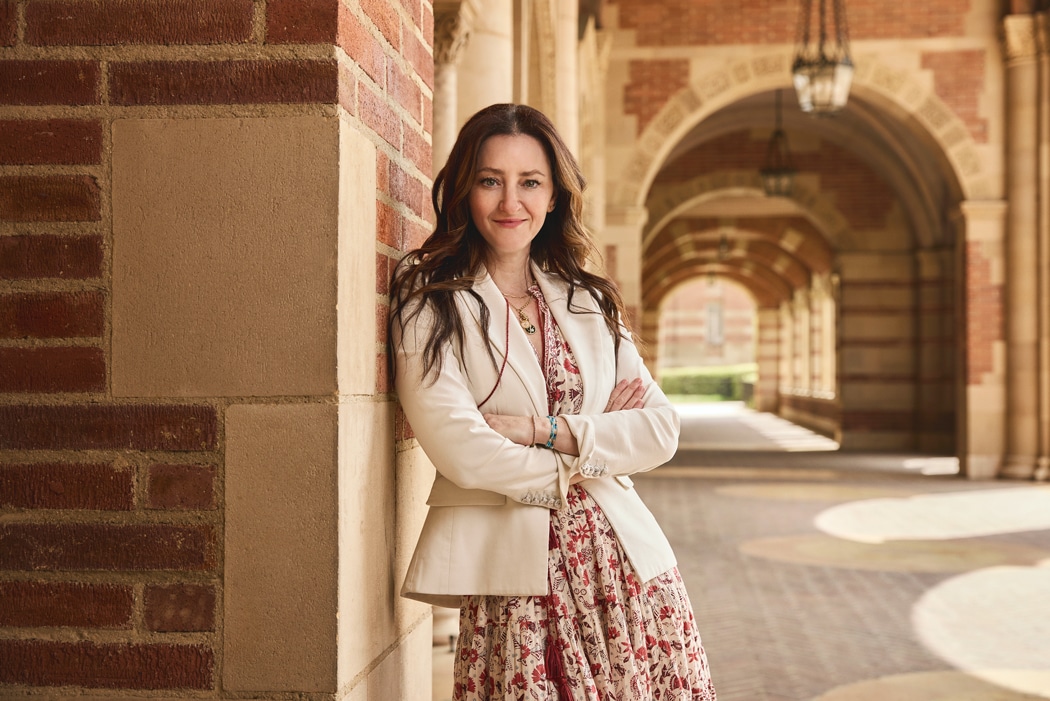
|
Getting your Trinity Audio player ready...
|
Not many people can say that they have the unique coincidence of working at their very own birthplace, but Dr. Eve Glazier’s career path has come, quite literally, full circle. “Apparently, I don’t believe in straight lines,” she says, laughing, “but I was born at a UCLA Health hospital.” Glazier now serves as president of the UCLA Health Faculty Practice Group. But before she completed medical school and landed her current role, Glazier took a few other turns on her career journey.
Glazier grew up in Los Angeles and attended UC Berkeley for her undergraduate degree. “I studied comparative literature, drama, and dance. Even though my father was a physician, studying medicine wasn’t particularly on my mind,” she notes. During her senior year, though, Glazier fell with a severe illness which required her to take a step back from her studies.
“When I returned to school and eventually graduated, I decided that I wanted to pursue medicine,” she explains. “I came at it from an emotional and attached place after thinking about all of the amazing medical care that I had received—I wanted to be able to give that back somehow. Because my personal attachment to medicine was based on the everyday care of patients and building those special relationships, I knew right away that I wanted to pursue a career in internal medicine.”
Glazier attended medical school at Columbia and went on to complete her residency in internal medicine back in LA. “After that, I found myself kind of where I started!” she jokes. Glazier began a primary care practice at UCLA Health, where she still works under limited practice, and little by little, she began to take on more leadership-focused positions within UCLA Health. In 2017, Glazier stepped into her current role as president of the UCLA Health Faculty Practice Group.
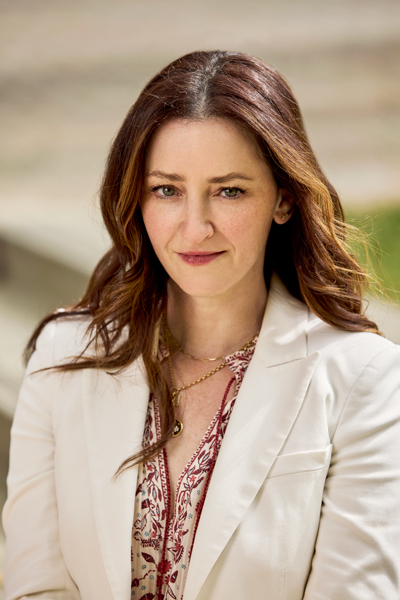
The Faculty Practice Group, at a high level, fosters the infrastructure that benefits all clinical providers that support the clinical enterprise for UCLA Health. As president, Glazier leads and oversees the multispecialty physician group and leads the UCLA Health organizational priority of directing the strategy for population health, accountable care, and value-based models.
“Over the past few years, in support of this priority, I have had the pleasure of establishing authoritative bodies of governance to ensure that UCLA Health can meet and sustain our population health management goals, which include improving access, cost, and quality across the enterprise all while meeting regulatory obligations,” Glazier explains.
While Glazier is involved with helping build strategy in several different areas of the organization, population health strategies have come to the forefront with the onset of the COVID-19 pandemic—especially surrounding vaccine distribution strategy. While this is new territory for Glazier and the teams at UCLA Health, previously implemented programs and initiatives have paved the way for a particularly successful distribution strategy.
Before the discussion of the overarching strategy and approach that UCLA Health has taken with the vaccine rollout can be had, it’s important to understand just how large UCLA Health’s integrated health system is and what sort of impact they have on the communities they operate in.
“In a very short time, we have grown from being an academic tertiary and quaternary medical center to being a primary care-based integrated health system. We now have more than two hundred outpatient clinical practices in addition to four high-performing hospitals. We also have six ambulatory surgery centers in the community, several outpatient imaging facilities, and provide hospitalist care at twenty-two community hospitals. All of these contribute to the population health and organizational strategies,” Glazier explains.
According to a program implemented by the Faculty Practice Group’s Office of Population Health, the patient attribution model, the team was able to identify more than 630,000 individuals that consider UCLA Health to be their primary care facility of choice. “This expansive footprint allows us to engage with our communities, secure an integrated approach, and advance our mission in health equity and provision of care to under-resourced communities as well,” Glazier says.
“I came at [medicine] from an emotional and attached place after thinking about all of the amazing medical care that I had received—I wanted to be able to give that back, somehow.”
According to Glazier, the vaccine distribution program was driven by three guiding principles. The first was to distribute the vaccine in an equitable and orderly manner in accordance with the CDC and the public health agencies of California, the second was to leverage up-to-date clinical and social risk data, and the third was to frequently communicate with patients in complete transparency.
“This was really difficult at first, with all of the anxiety, confusion, grief, and loss that has accompanied the virus,” Glazier admits. “By the time we got to the vaccine rollout, it was so important that we stick to these principles for an equitable and highly informative distribution plan.”
Due to limited inventory of the vaccine itself, it was crucial that Glazier and the teams at UCLA Health applied the aforementioned clinical and social risk model to stratify distribution until inventory was no longer an issue. Thanks to the patient attribution model, UCLA Health was able to focus on leveraging the information collected in that initiative to identify the most vulnerable populations to prioritize vaccination.
“We had an amazing multidisciplinary team that developed a risk model incorporating clinical and social risk data from patient data to assign individuals a risk score. It sounds complex, but it’s incredibly nimble—we update the data every day and align it as information from the CDC is released,” Glazier says.
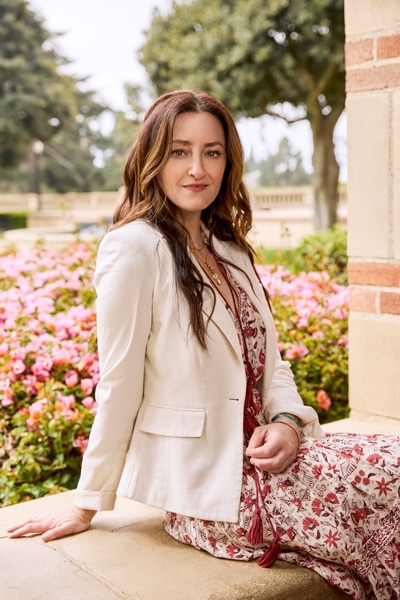
When scoring patients, UCLA Health factored in everything from health records to home address, access to transportation, ability to self-isolate, socioeconomic status, education, minority status and language. Each of these factors would give patients points to add to their overall risk score, and that risk score then informs UCLA Health of how invitations to vaccinate are then sent out to patients.
Once the eligibility of patients for vaccination was identified, UCLA Health had to determine best practices for communicating with them. “We tried to connect with our patients through multiple channels,” Glazier explains. “We used a general population approach via emails and texts to distribute information about the vaccines and invitations to vaccinate, but we had to recognize that not everyone had access to the internet or text messaging.
“For many of our populations we took a more targeted outreach, for example employing teams of people who could call patients to help them make appointments,” she continues. “We even had homebound outreach to administer vaccines in the homecare setting.”
At the time of speaking, providers in the US were administering more than 3 million doses of the COVID-19 vaccine per day on average. So much of that work is because of people like Glazier, who think not only innovatively but inclusively to ensure that patients know how to get vaccinated and do.
“It has taken mammoths of activity to communicate and distribute this vaccine,” Glazier notes, “but I feel so grateful to have been part of such a dedicated team that has made these efforts to be completely transparent and successful.”



